
Mount Everest Peak Climbing Complete Guide, Risk, and Safety Measure
Duration
Days
Maximum People
20
Minimum Age
18+
Mount Everest is the highest peak in the world. Many dreams to climb it, many have succeeded, many have tried and failed, and many have lost their lives. The route to Everest is not an easy one it is filled with dangers and obstacles that need high determination to conquer.
The first step of Mount Everest peak climbing starts at Kathmandu. They From Kathmandu to Lukla airport and from there trekking to the base camp. Starting from Kathmandu within 14 days one can easily get to the Everest base camp. The real journey of the mountaineers starts from the base camp.
Everest Base camp
After 14 days of journey, the travelers reach the Everest base camp. It is located at the altitude of 5500m from sea level and use as the base for the climbers while arriving here, climbing, and returning. After arriving they use few days to rest and in few days make their move towards the mountain. The climbers first need to habitat their bodies to the mountain and then slowly wait for the right time to try to climb the mountain.
Icefall
Icefall is the second destination during Mount Everest peak climbing. Towards the peak, the altitude of the icefall area is 5500m to 6100m. It needs 6 to 7 hours to get through the icefall area. The journey is done in the morning as in the day after sunrise the area becomes prone to avalanches which are extremely dangerous.
Camp 1 Valley of silence
Till 6400m it is called the valley of silence. The camp1 is located at 6065m. It is mostly a temporary camp that the climbers use. The climbers generally spend one night here during Mount Everest peak climbing. Valley of silence can be crossed during 5 to 7 hours. However, this also depends on what pace the climbers are moving, weather, etc.
Camp 2
Everest camp 2 is located at an altitude of 6400m from sea level. There are some Sherpas that live longer time during the expeditions. They manage the kitchen and maintain the ropes and other things of the surrounding areas. This altitude here is extremely high and the climbers need to take care of themselves and their partners.
Camp 3
Camp 3 is located at an altitude of 7300m from sea level. From 6800m to 8000m is called the Lhotse wall. Camp 3 is at the mid-portion of the Lhotse wall. The path here is an icy slope and can be extremely dangerous. Here the oxygen further thins so people should be incredibly careful during passing this area.
Camp 4
Camp 4 lies on a plateau that resembles the moonscape. By reaching camp 4 we get to the death zone. Camp 4 just lies above the 8000m range. Camp 4 is the last of the camp during Mount Everest peak climbing. Within 7 to 9 hours climb from camp 4 the mountaineers will reach the peak of Everest.
The peak of the Everest
The peak is at the height of 8848m from sea level. After 7 to 9 hours the climbers will reach the peak. Reaching the summit completes the half part of Mount Everest peak climbing. The feeling of getting can be overwhelming but time more than needed should not be spent here as we have a long way to return.
Getting back to the base camp
Reaching to the top was one part now the climbers need to get back. The journey down the mountain is said to be more dangerous and is said most of the accidents and tragedies happens during this period. Therefore, the climbers getting down should be extra careful and follow proper routes with proper guidelines. Getting down to the base camp officially ends Mount Everest peak climbing. However, the climbers need to hike for many days to reach Lukla and then finally Kathmandu. Which will be quite easy compared to climbing Everest.
Mount Everest is the highest mountain in the world due to this very reason Mount Everest peak climbing has become one of the most fascinating sport for Mountaineers. However, the thrilling experience comes at a great price. The price of climbing a mountain comes in the form of many risks.
Looking at other mountains of Nepal and Mount Everest peak climbing, Everest despite being the highest in the world is not the most dangerous of them all. The mountain does not become most dangerous just because its altitude is high. Yes, altitude is one of several factors that determine the risk and dangers of a Mountain.
The more the altitude more will be the time spent on the mountain and riskier. Despite this why is not Everest considered the most dangerous mountain in the world or even in Nepal. Aside from altitude the passage to the top, the route is taken, the face climbed, the number of avalanche-prone areas in the mountain determines how dangerous a mountain is alongside the altitude.
The death ratio of Everest is 10:1 meaning for every 10 successful attempts there is one death.
Not being counted as the most dangerous mountain in the world despite being the highest also does not make it the safest in the world. Setting aside the list where is Everest at the rank of the most dangerous mountain in the world. Then also the altitude of Everest extends up to 8848m. Which is 848m above the death zone.
The altitude above 8000m is called the death zone. It is called so because the human body starts to lose function and start to become slow in such a harsh climate. It is the harshest spot on the surface of the earth and the human body has not adapted to be in such condition. So, there will be many risks and dangers climbing the mountain. If it were not the case many would not have died while attempting to climb the mountain.
Risks of Mount Everest peak climbing:
Accidents
Accidents are not just the events of Mount Everest peak climbing but can happen anywhere. Accidents are events that happen by certain small miscalculations in our actions. Some accidents are fatal in nature while some may be not fatal.
Looking at accidents, the severity of damage caused by accidents also differs by place. The same accidents that happen on a busy road may be more fatal than an accident that happen on a countryside mud road. This is also the case of Mount Everest peak climbing. The accidents which may be minor fall in other places can be fatal in such harsh topography and climate. No matter how cautious or how attentive one is there is always the chance of an accident, with great attention to detail and caution only reduces it.
Injury
Injury is the effect of accidents. When accidents happen sometimes it may result in injury. However, injury also depends upon the severity. Light injury can be ignored, and severe injury needs immediate medical attention. However, this is not the case during Mount Everest peak climbing. During Mount Everest peak climbing even the moderate injury can be fatal. First, the cold climate and harsh environment can make the wound more severe and fatal while the extraordinarily little chance of help from outside further worsens the situation.
Weather
Mount Everest peak climbing has many risks; however, the risk of weather may be the biggest one. In the plain lands or normal altitudes, weather can be predicted more accurately. However, during Mount Everest peak climbing the efficiency may not be so great. Everything about the mountain we know, the routes, the danger area, the ice walls and prepare accordingly during Mount Everest peak climbing. The only thing that remains uncertain is the weather and it is the most crucial thing. Most mountaineers lose their lives due to the unpredicted weather and the weather up there can go from good to bad and bad to worse within extraordinarily little time.
Chance of rescue
There are many risks during mountaineering not just Mount Everest peak climbing. The accidents occur, the injuries also happen it is the law of nature it happens everywhere. However, the depressing part about that is that happens there are very few chances of rescuing. Even the light injury and getting stuck in dangerous weather can be deadly as there is no hope of rescuing. The rescue operation in the high mountain is so hard that the dead body of the climbers can be still seen there. In the past, some people have died while trying to remove the dead body from the mountain that much riskier is Mount Everest peak climbing.
Death
Death is the ultimate risk of Mount Everest peak climbing. Our life is the most precious thing we have. Everything we do and accomplish is to add something or make something of our life or have something in our life. Whatever it is, it is always connected to life that is how much important our life is to us. The Mountain is 8848m high, has chances of avalanches, weather, temperature, steep edge everything is designed to kill, that dangerous is Mount Everest peak climbing. Being dead in Everest with the body always stuck up there is the greatest risk of Everest climbing.
Safety measures of Mount Everest peak climbing:
Prepare your body physically and mentally
Everest is not a walk in a park; it is the hardest feat some of us complete. To do that one’s body need to be at the peak of its physical condition. Everything about Everest is deadly and designed to kill humans. That is why one needs to make their body so strong that they will be able to battle the harsh condition of the mountain. Start to prepare your body and take care of your body a lot of time before going to the mountain.
Everest is as much a mental challenge as a physical challenge. You must mentally prepare and mentally conquer the mountain before conquering it. Train your mind to be calm in harsh situations because you may soon face it in the mountain. A strong mind is a key to the first steps for achieving everything.
Research the Mountain
Once you decide to conquer a mountain, in this case, Everest knows about Everest as much as you can. There are books about Everest climbing, documentaries, internet pages to know about it. Know about which time it is best to climb which is not. The death ratio, number of deaths till today, the most dangerous areas, the routes, climbing faces know all of them. The more information you have more you can use in the time of the need. Research makes you see what the condition is. And you can find What can be done to make it better?
Get good gears and equipment’s
If not for the gears and equipment’s Mount Everest peak climbing would have been impossible. We must think of them as a part of ourselves up there. Therefore, we must get the best things that are recommended by experienced peoples.
Follow rules
There are certain protocols that need to be followed to climb the mountain. They are either set by the team leader or the universal mountain rules like be on the track, no unnecessary actions. They need to be strictly followed. The rules are designed to increase the chances of survival and minimize the risk and accidents. So, they must be followed all the time.
Be attention to everything
Being alert and careful are the tools that help us to survive anywhere. The key is to be always focused on the goal. There everything can go wrong within minutes so be alert towards the surrounding. Be alert towards your health and your body. During climbing your team are your family, friends, and helper in need so you need to take care of your team also. One should pay attention to their tea also how are they doing, how is their health, are they facing any problems, etc. In case of arising of problem or condition immediately should be told to others.
Agencies with a good reputation
If you are a foreigner in Nepal and attempting Mount Everest peak climbing, you are going there through a Trekking agency. The Trek Nepal might be the best option for you or you can choose freely as your wish. They are your family in that country. From receiving you in the airport, arranging travel, guides, your food, hotels, Sherpas, climbing schedule all are prepared by them. So, always find out an agency with a good reputation and a good history. By doing this you will ensure an amazing trip.

Ready-to-book adventures, personalized
Personal
Make your adventure more youMake your adventure more you - Self join
Group
Enjoy a tour with like minded people - Anyone can join
Private Group
Travel with your group - Only your circle join
Tour Map
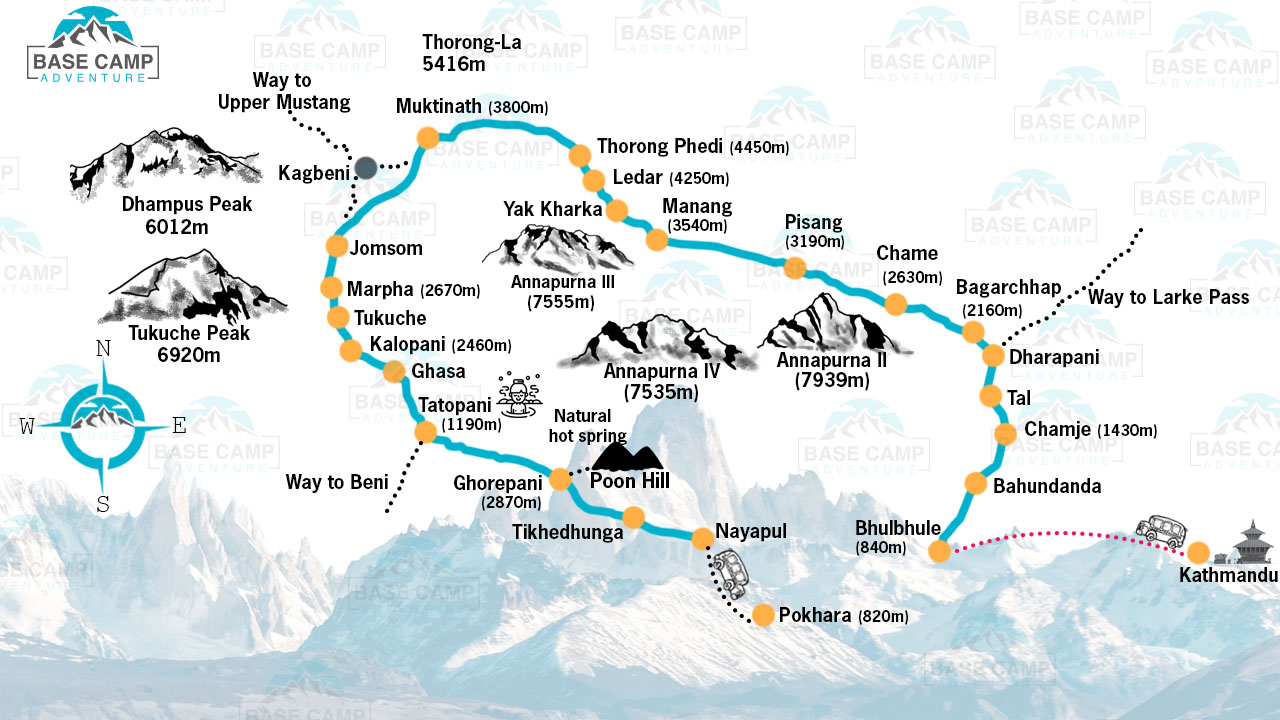
What’s Included
- We provide you the bed and breakfast. Accommodation will be shared by two people. However, you can book for the single room with extra charge.
- The overland transport will be held on tourist coach as per the itinerary and size of the group.
- The applicable fee for the Trekking, National Park and Conservation center will be covered.
- We offer you a welcome group dinner
- The wages, meals, and transportation of our trekking staff (guide) will be arranged.
- We also have included a comprehensive medical kit and service of guide.
What’s Excluded
- Pick-up/Drop from/to the airport.
- The visa fee you would have to pay for travel, medical insurance and airport tax.
- The meals of your personal interest will not be offered in our expense.
- We would also not provide personal sleeping bags and bags.
- The charge applied in case of emergency evacuation by any means of transport would not be included.
- The charge for accommodation in Kathamndu in you early arrival before the trip will not be included and also the late departure. Moreover, the early departure from trek will also not included in our expense.
- We also don’t include the cost of international flights.
- The trip doesn’t offer the travel and rescue insurance.
- We also don’t include the phone calls, laundry, bar bills, battery recharge, extra poter etc.
- We also don’t offer tips for guides and porters, you can give them yourself if you like to give.
Make An Inquiry
Fill the form for more details
Related Tour Packages
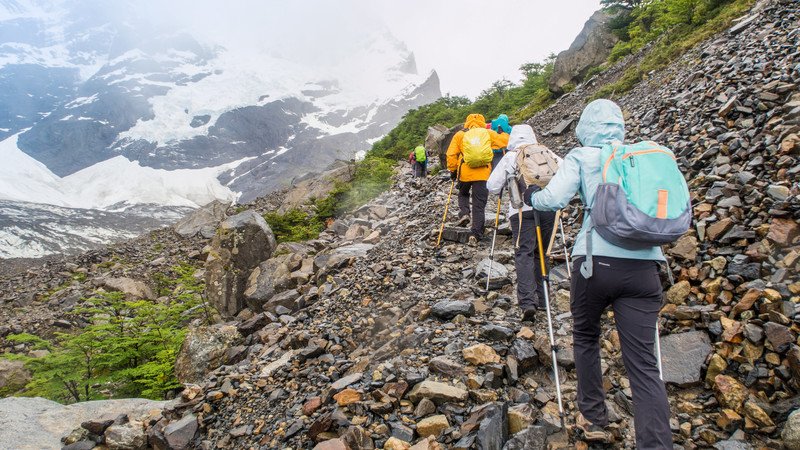
Ultimate Guide to Choosing the Right Trek in Nepal
Right Trek in Nepal: Finding Your Ideal Journey Trekking in Nepal isn't the tough part but it is more about choosing the right trek in Nepal. Based on your physical capabilities, the time duration, your budget and many other factors a trek tends to get decided in...
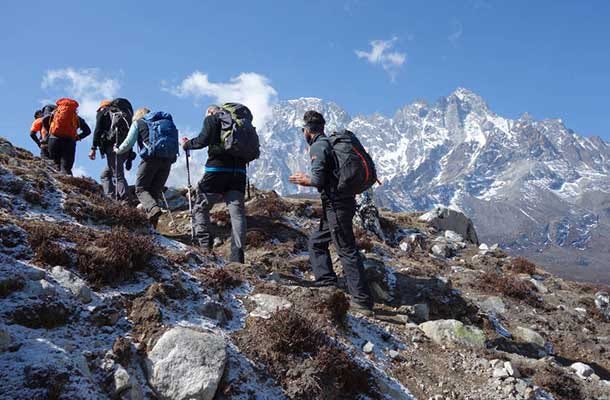
Nepal Trekking Fitness Guide: Essential Guide for Your Adventure
Essential Nepal Trekking Fitness Guide Are you thinking of trekking in Nepal, well you will need to meet the basic fitness standards to have a safe and enjoyable experience. It is hard to be perfectly fit when you think of Nepal trekking fitness. However, The Trek...
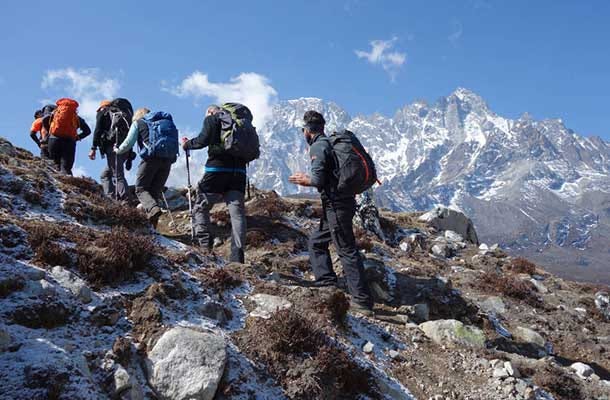
Insights and Lessons from Trekking the Mountains of Nepal
Valuable Lessons from Trekking If you have an open mind there is a major chance that you will learn from everything. The same is the case with trekking. A lot of the trekkers at The Trek Nepal have talked about the lessons from trekking that are highly valuable. A lot...
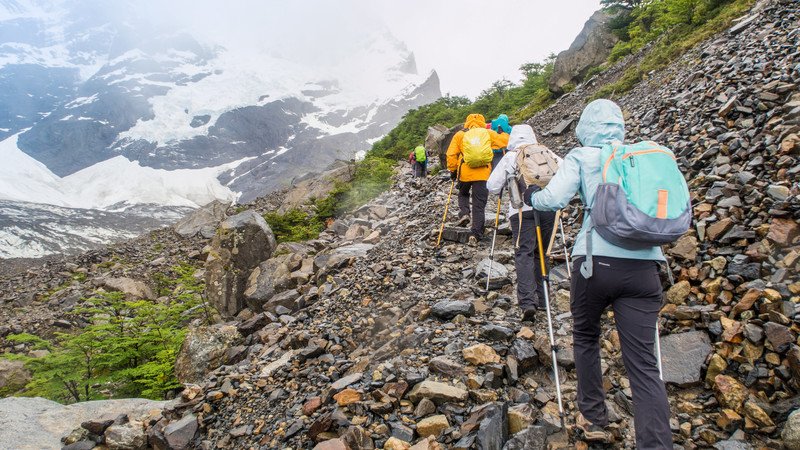
Best Alternative treks in Nepal
Discover the Thrill of Alternative Treks in Nepal Alternative treks in Nepal can be challenging and exciting at the same time. There have been multiple occasions when the alternative treks in Nepal have brought results highly positive compared to the actual trail. At...
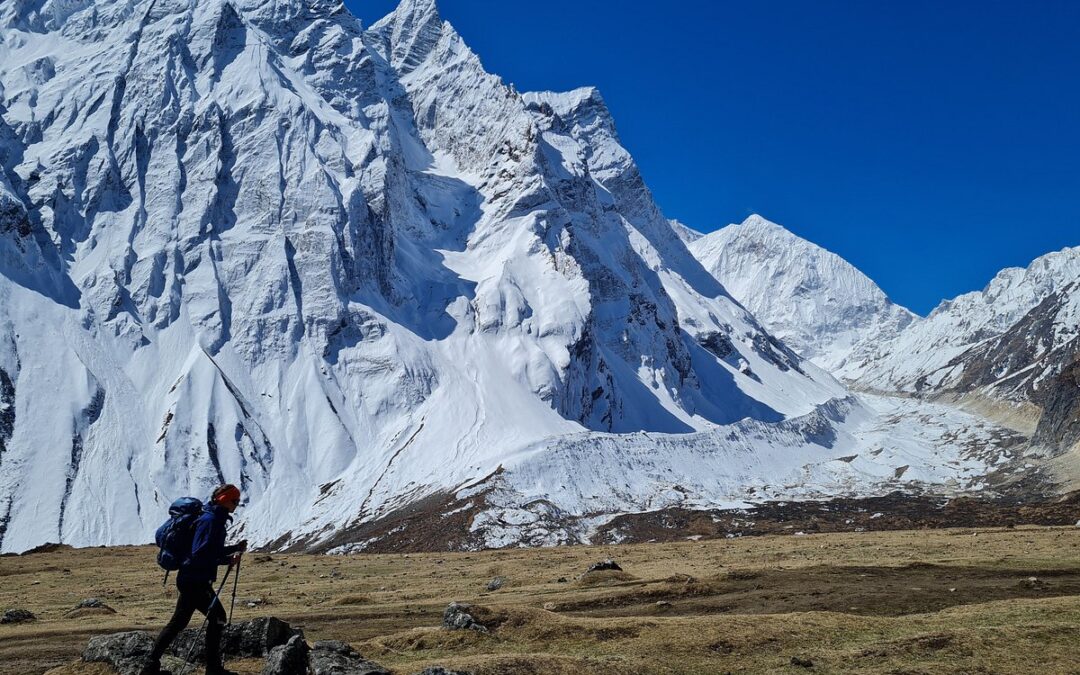
Best and Easy Treks in Nepal
Easy Treks in Nepal: Perfect for All Fitness Levels Trekking requires physical strength and mental toughness in Nepal. But there are some of the easy treks in Nepal that have been useful for every kind of audience. Not everyone can be physically fit or experienced....
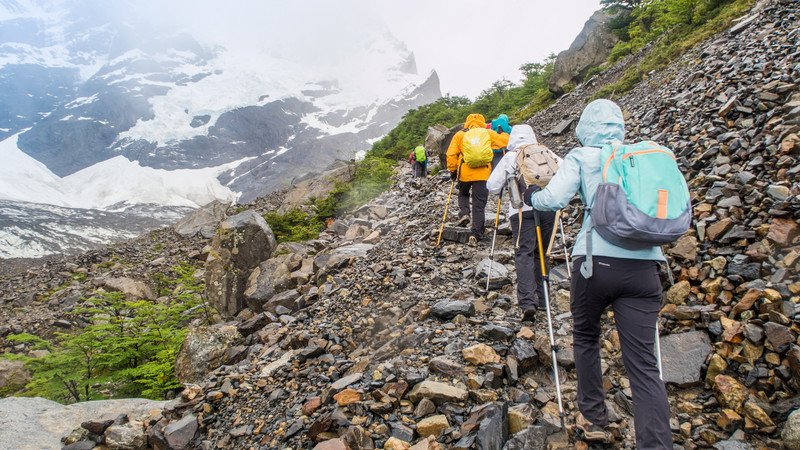
Best Hikes in Nepal
Best Hikes in Nepal: Explore the Top Trails for Adventure and Natural Beauty Nepal is famous for its hiking and trekking opportunities. Every year hundreds of tourists visits the country in order to fulfill their hiking thirst. When we talk about best hikes in Nepal...
